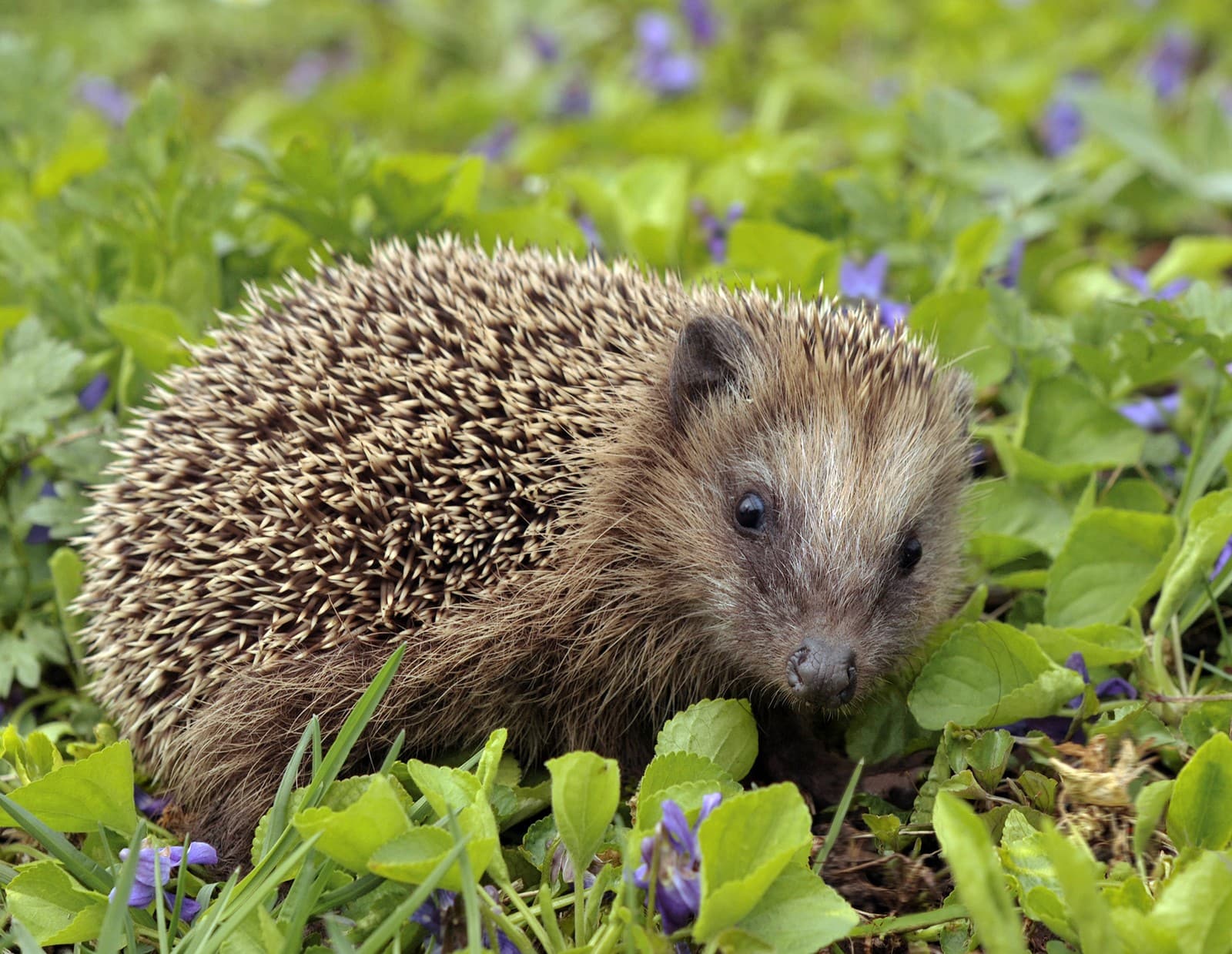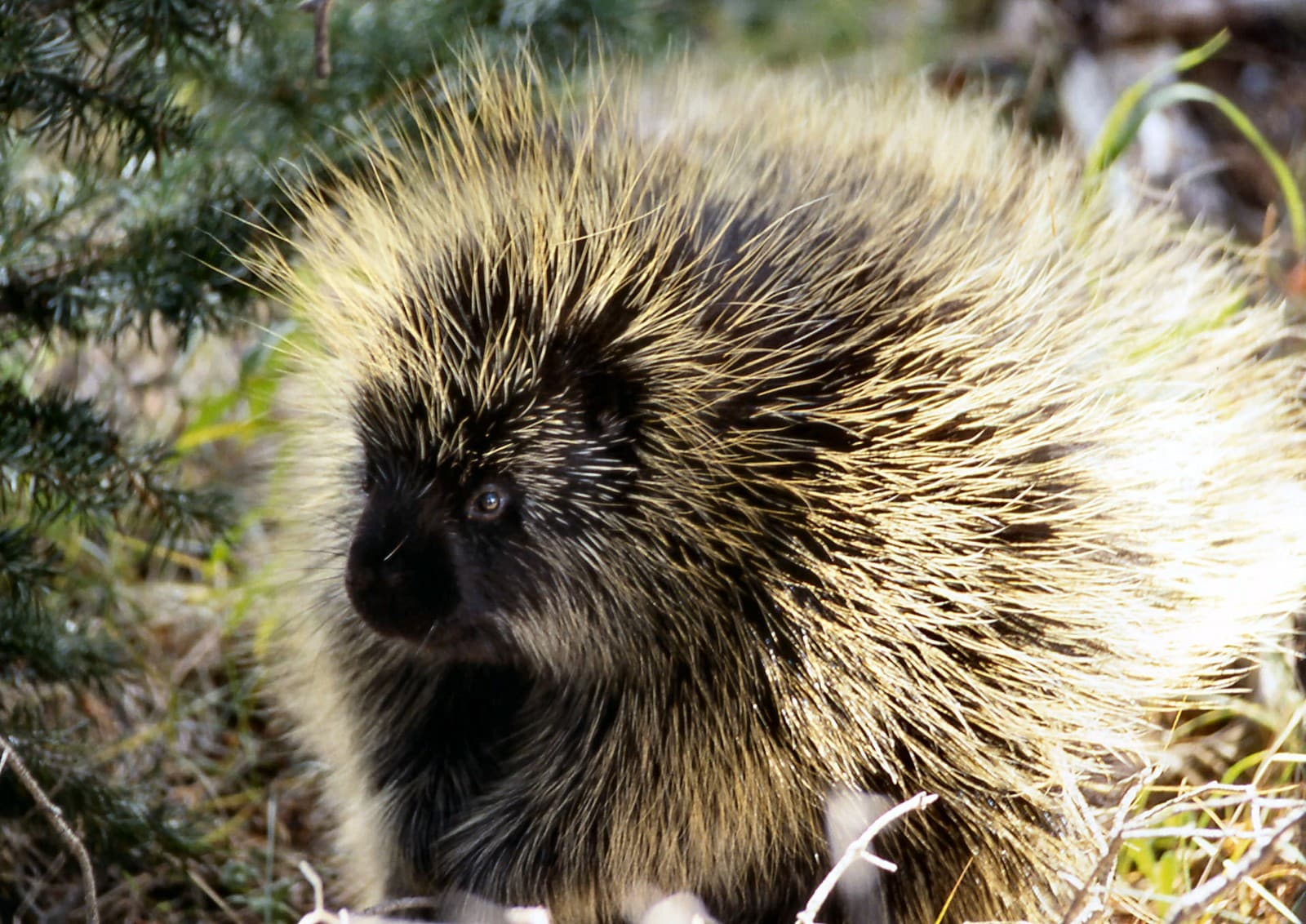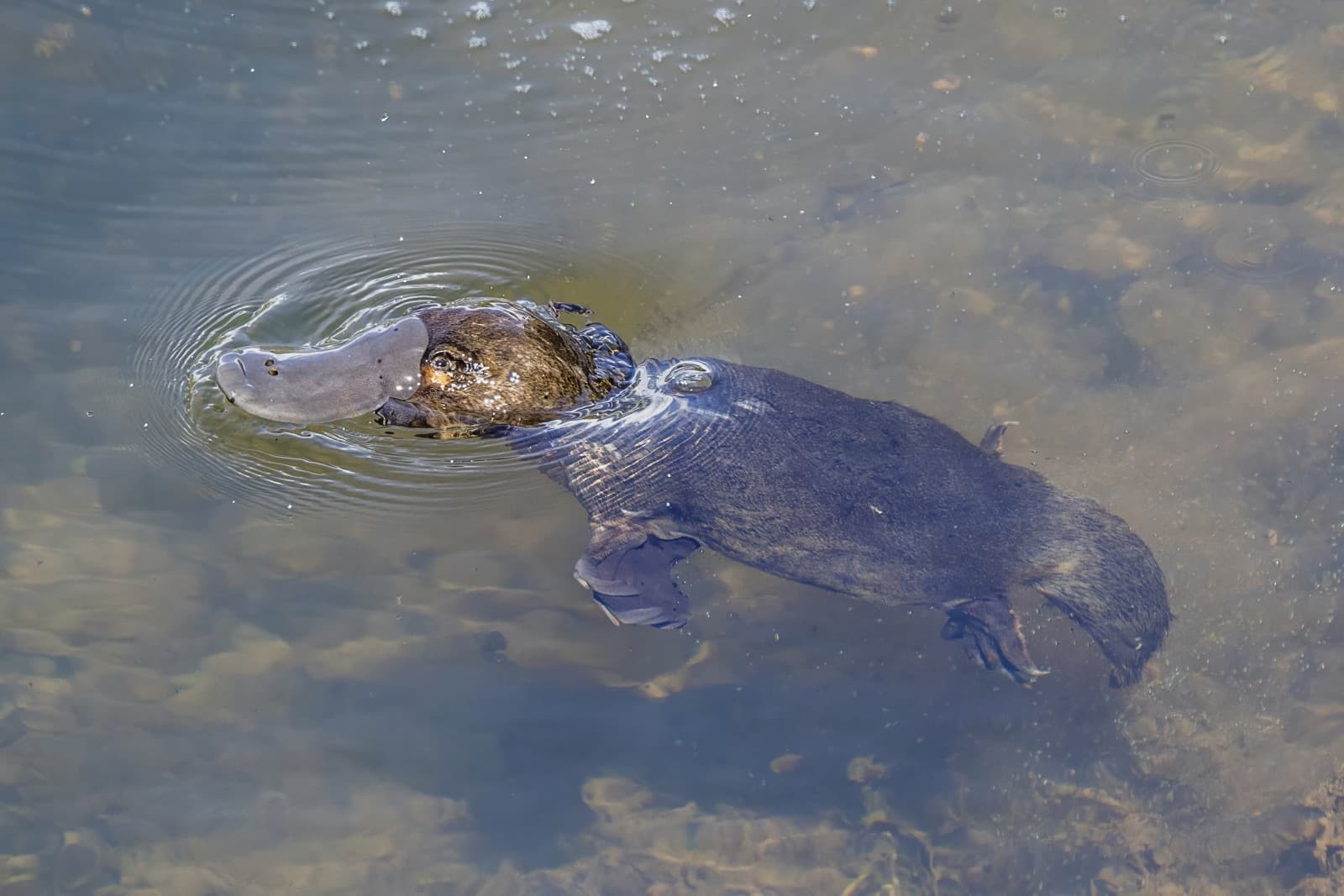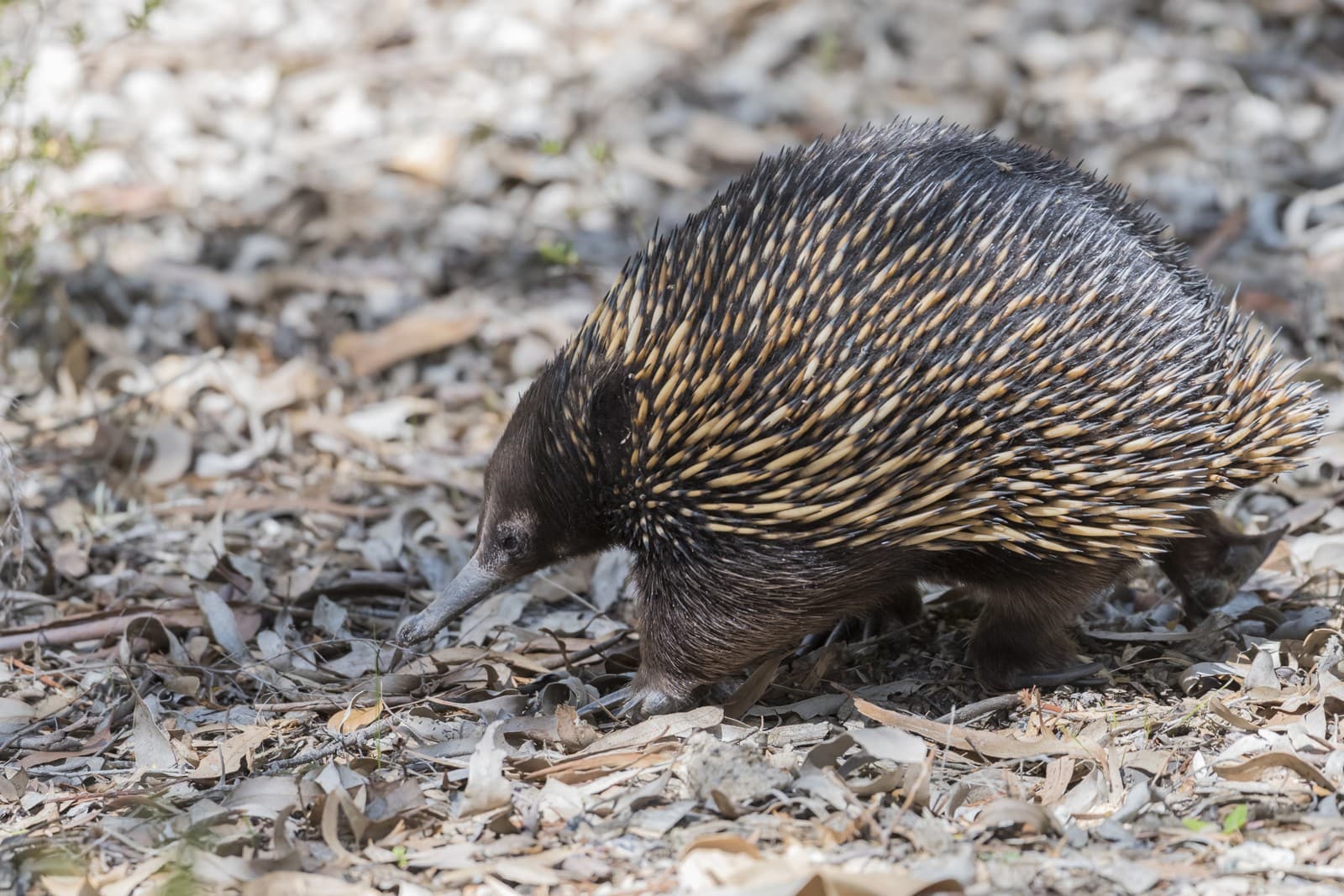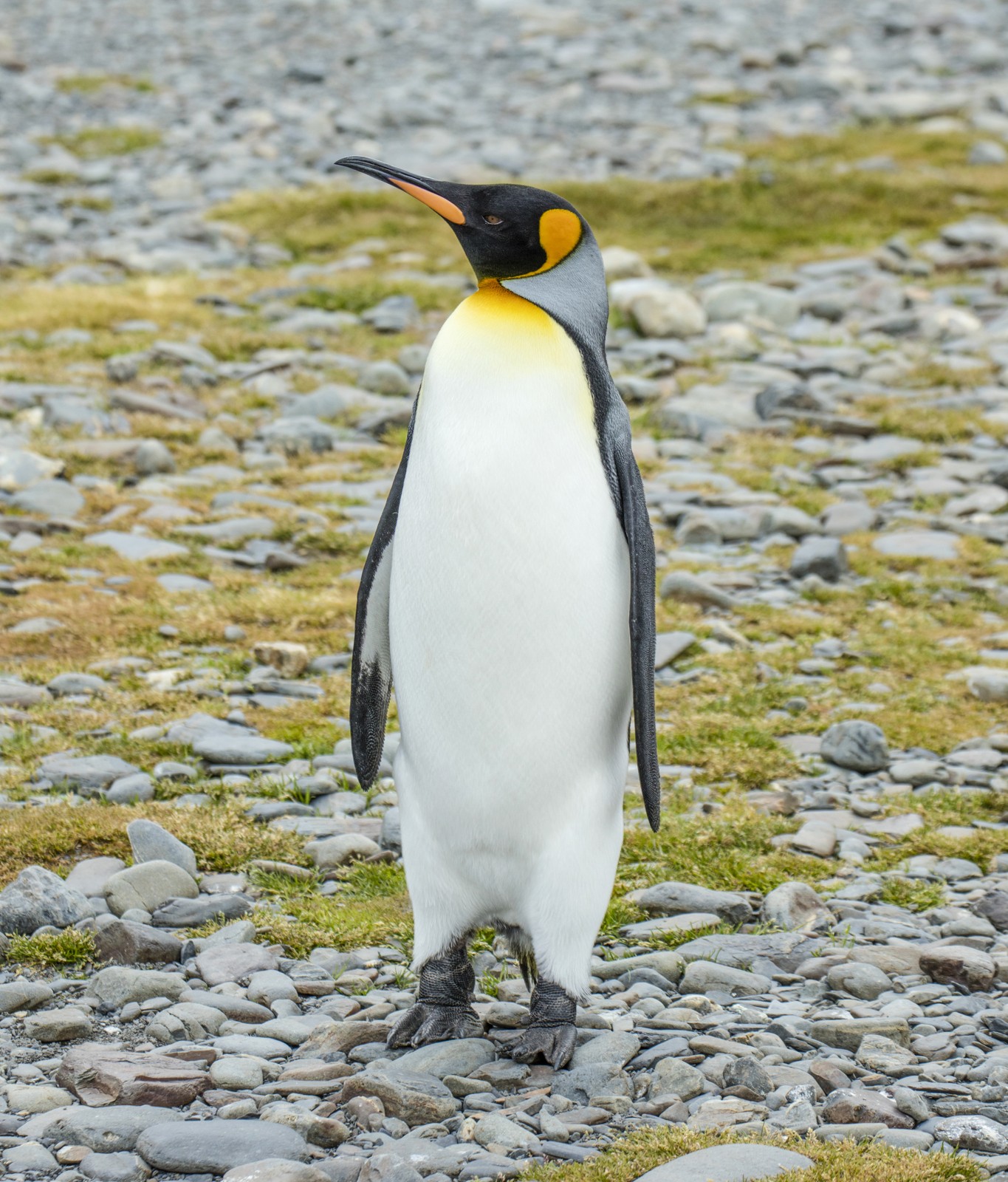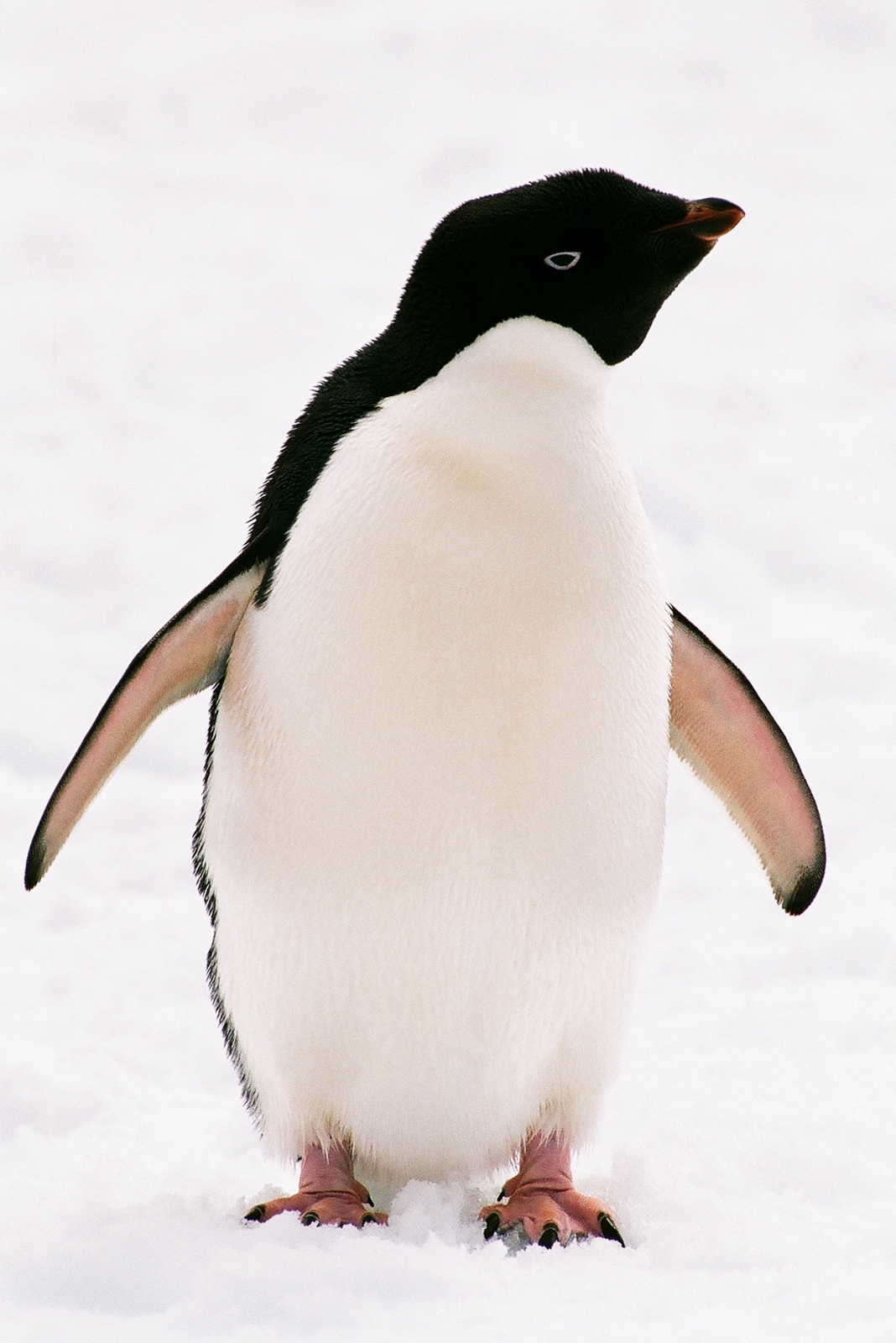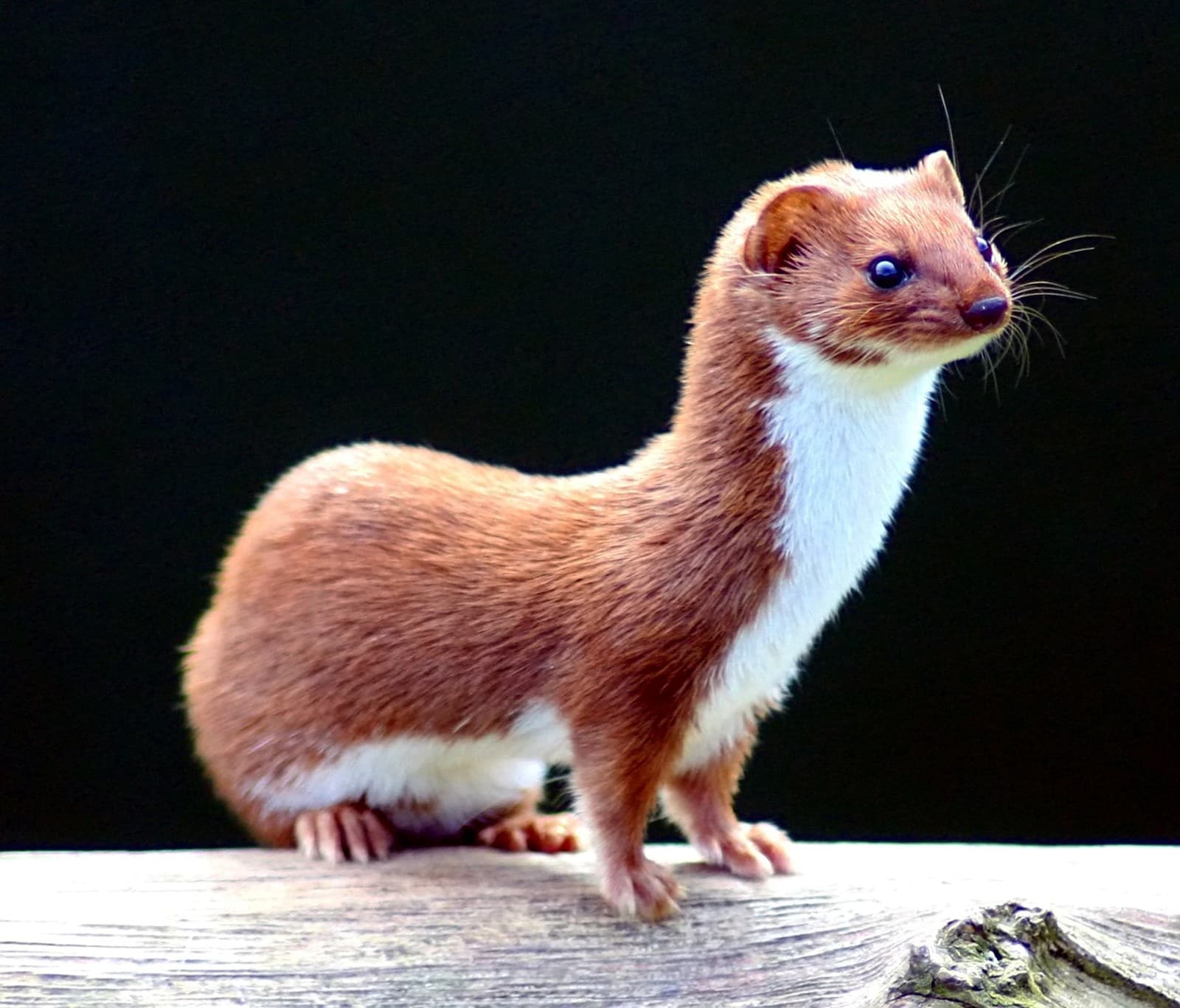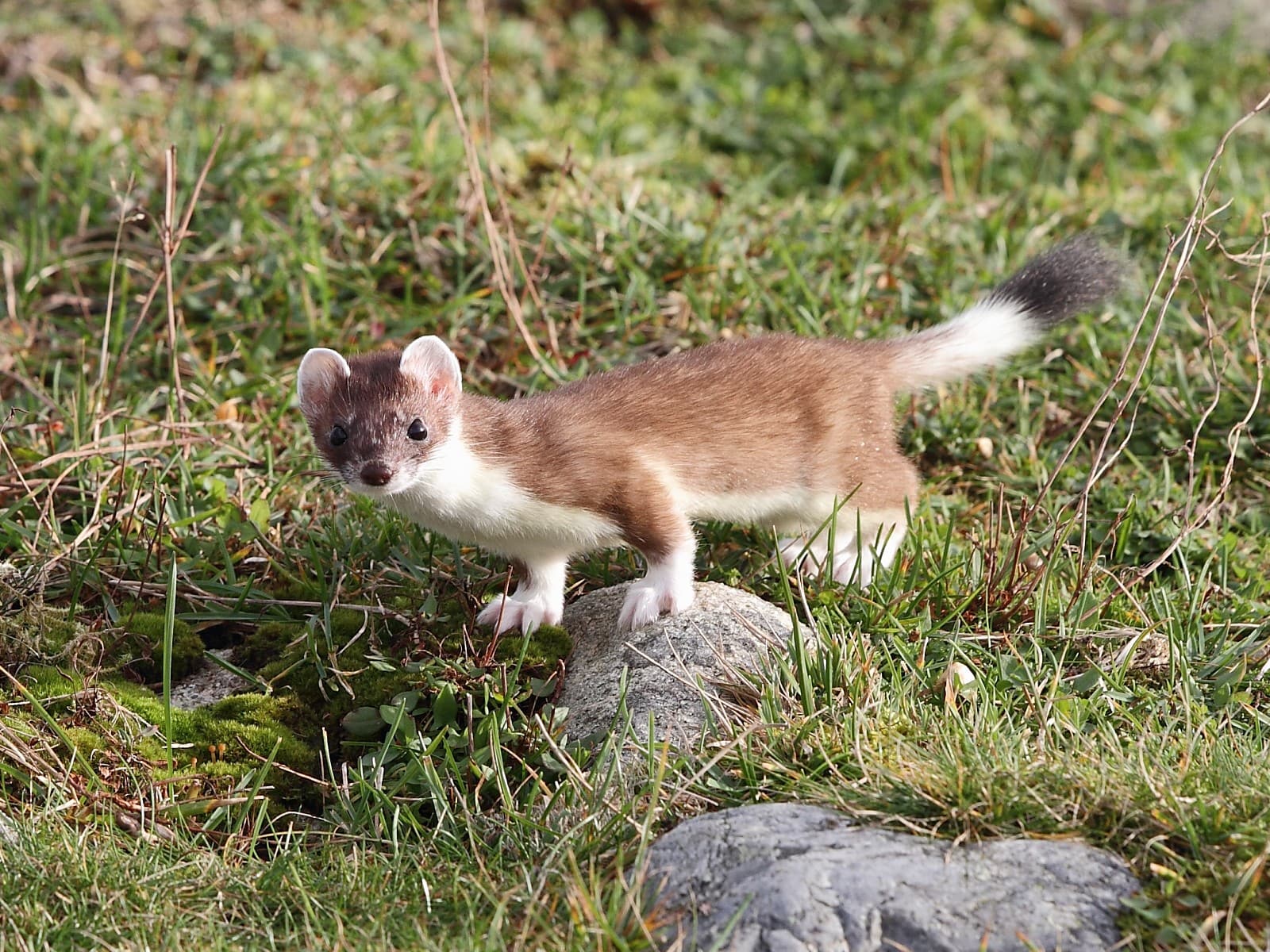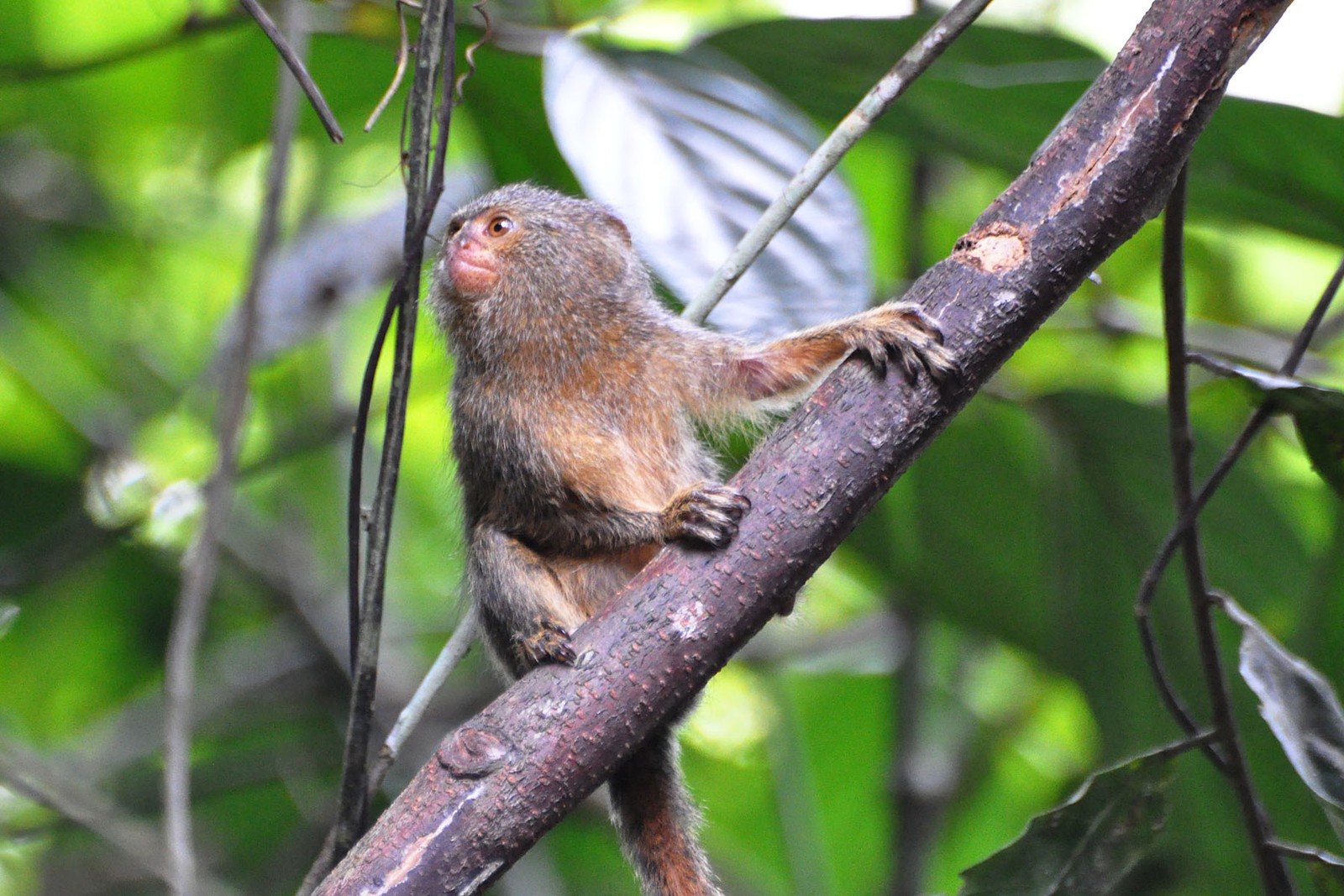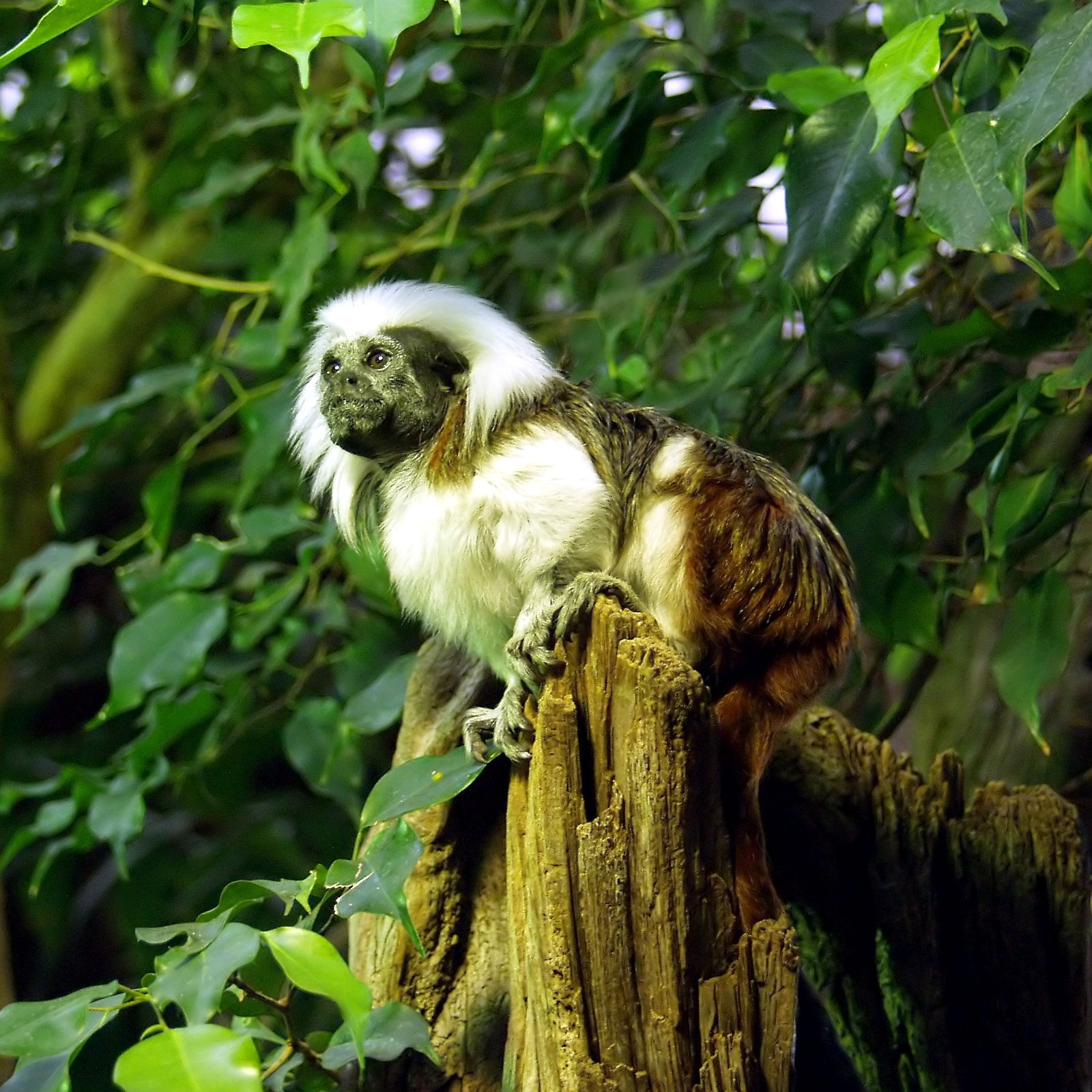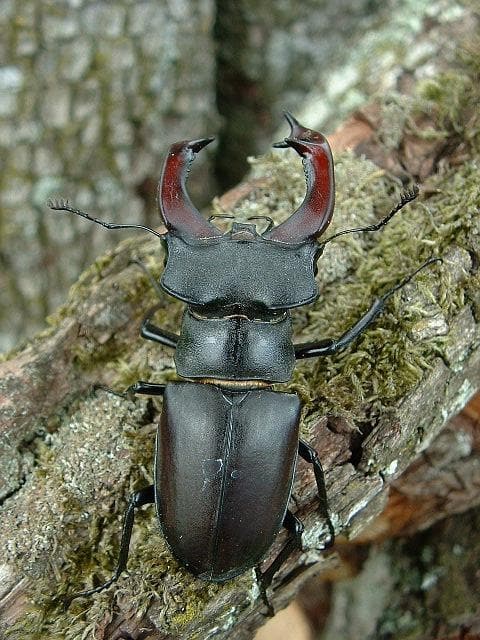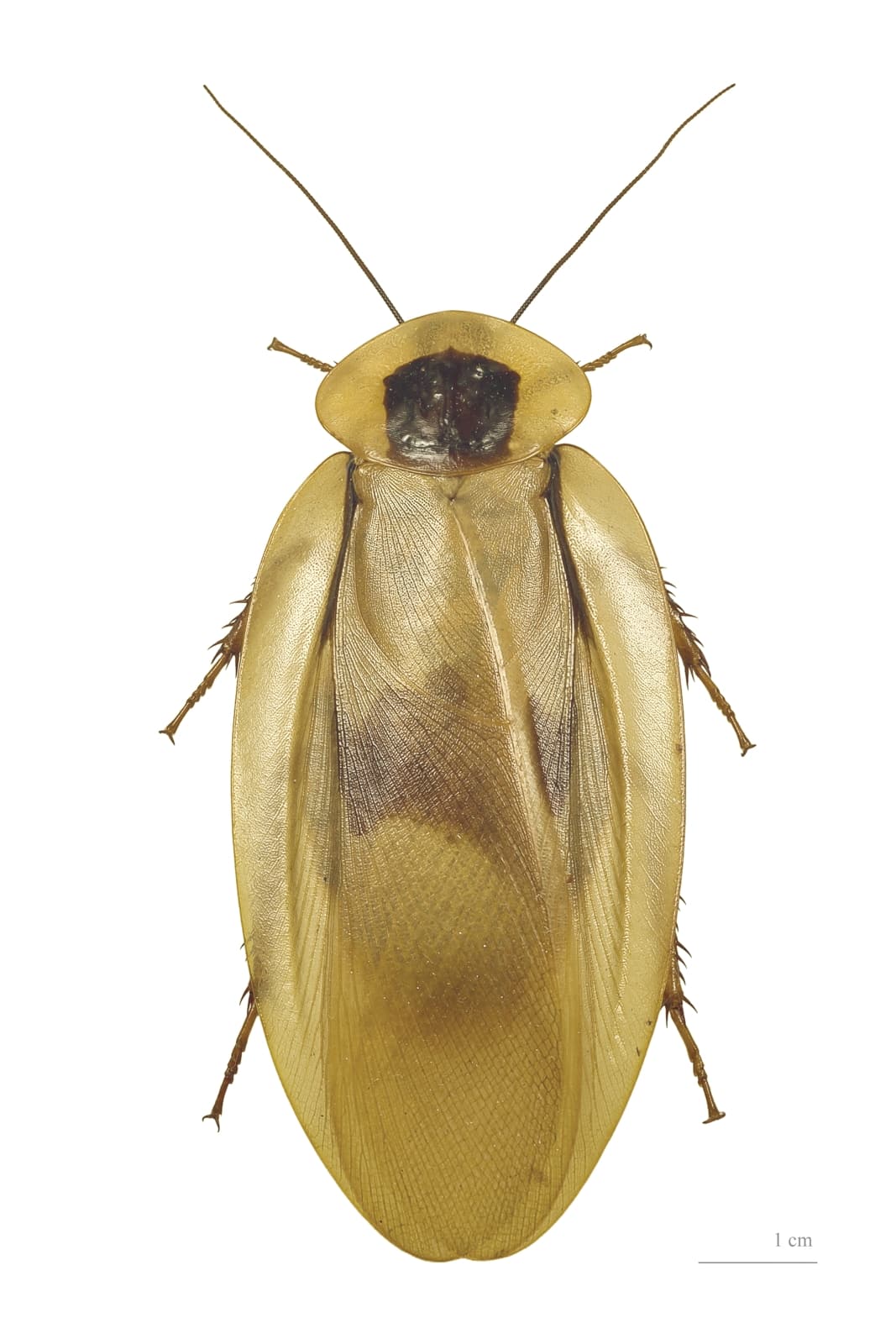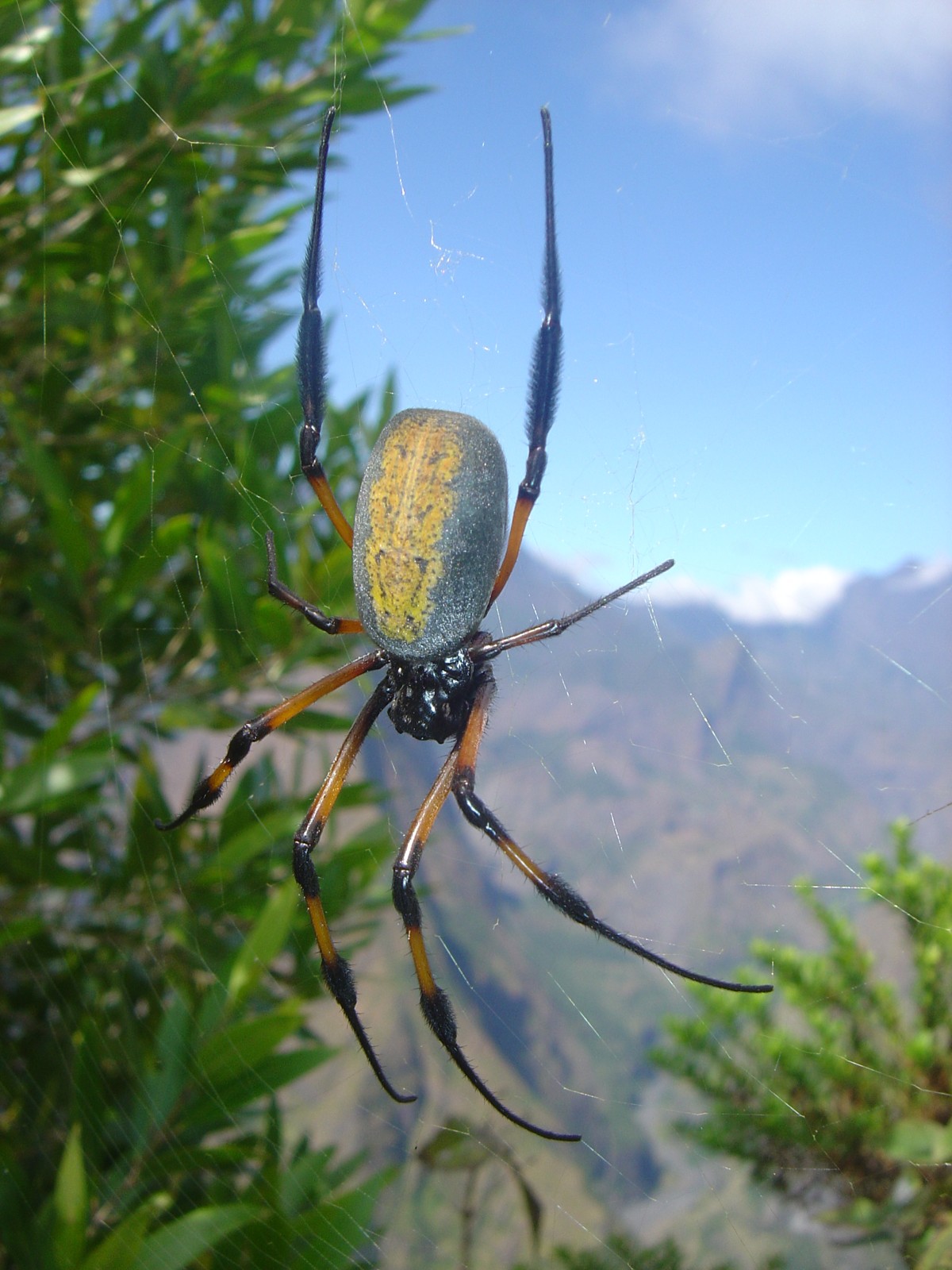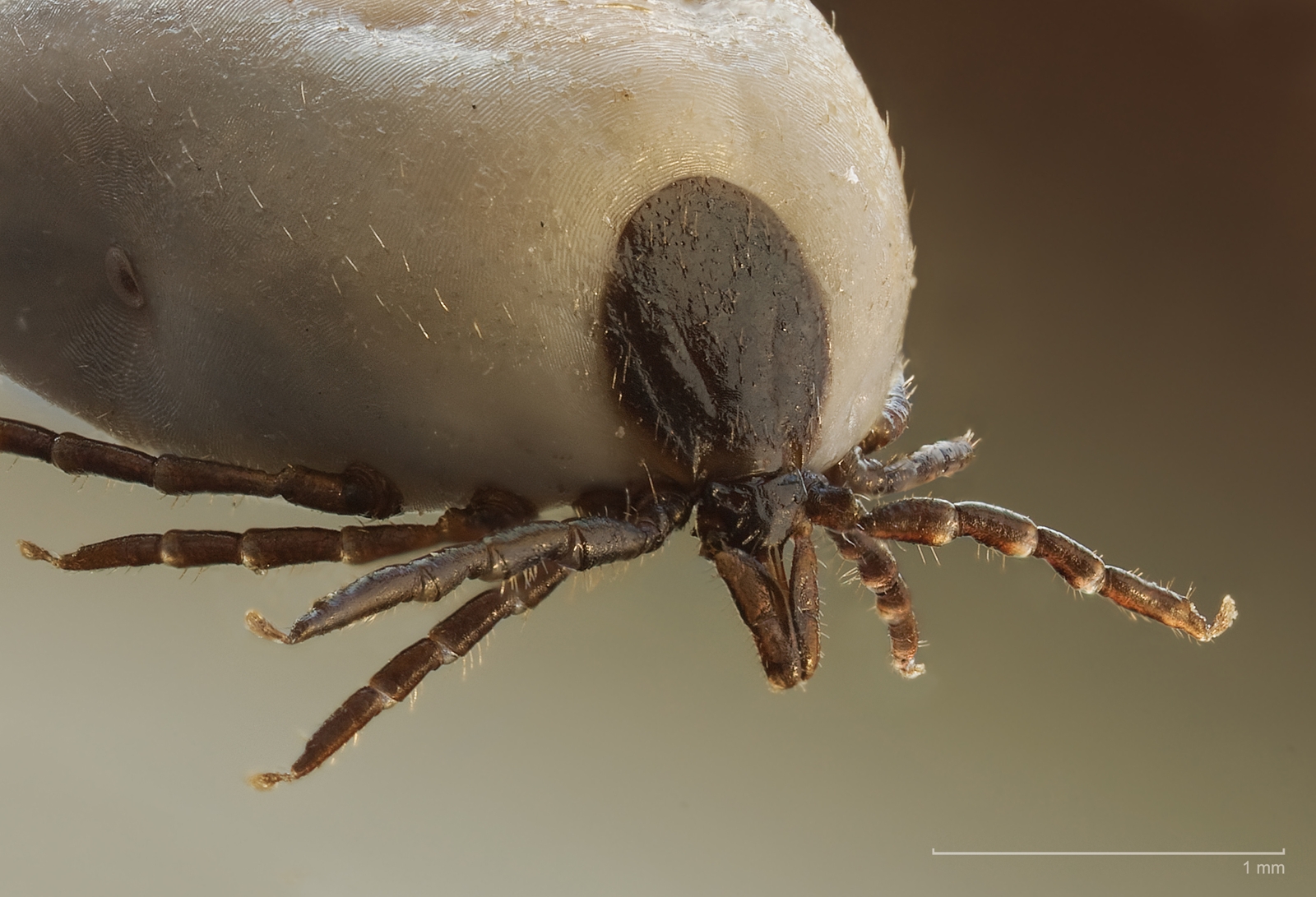Porcupine vs Echidna: A Complete Comparison
While porcupines and echidnas both sport impressive arrays of spines, these remarkable creatures couldn’t be more different biologically. Porcupines are rodents that evolved around 40 million years ago, while echidnas are egg-laying monotremes that emerged over 100 million years ago alongside the dinosaurs. A typical North American porcupine weighs 15-35 pounds (7-16 kg), dwarfing the compact echidna at just 4-10 pounds (2-4.5 kg).
The similarities between porcupines and echidnas represent a fascinating case of convergent evolution, where different species develop similar traits independently. While both animals use their spines for defense, their internal biology, feeding habits, and reproductive strategies reveal two entirely distinct evolutionary paths.
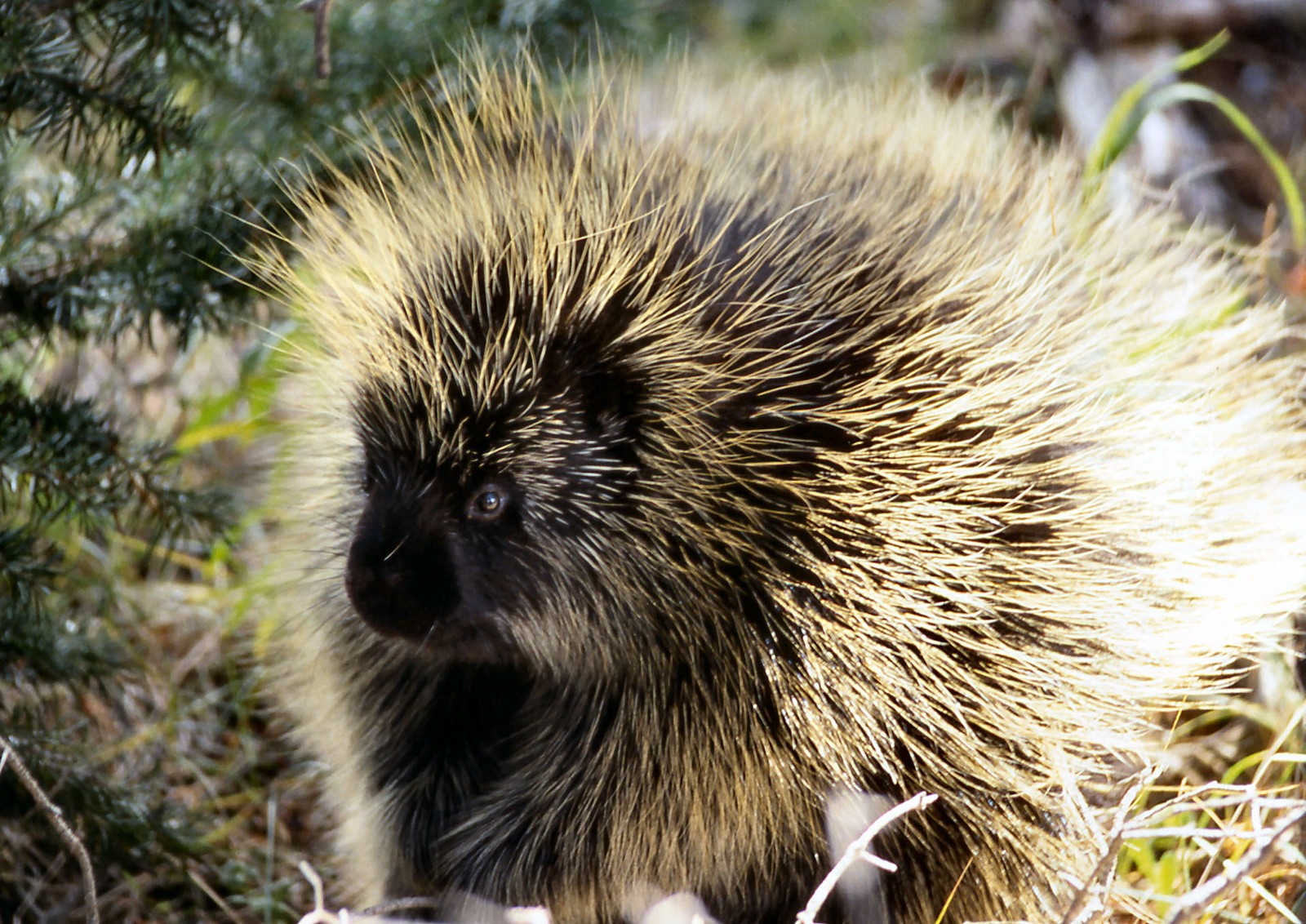
The North American porcupine displays its impressive arsenal of up to 30,000 modified hairs called quills. These hollow, barbed defensive weapons can detach easily when threatened, making the porcupine a formidable opponent for potential predators.
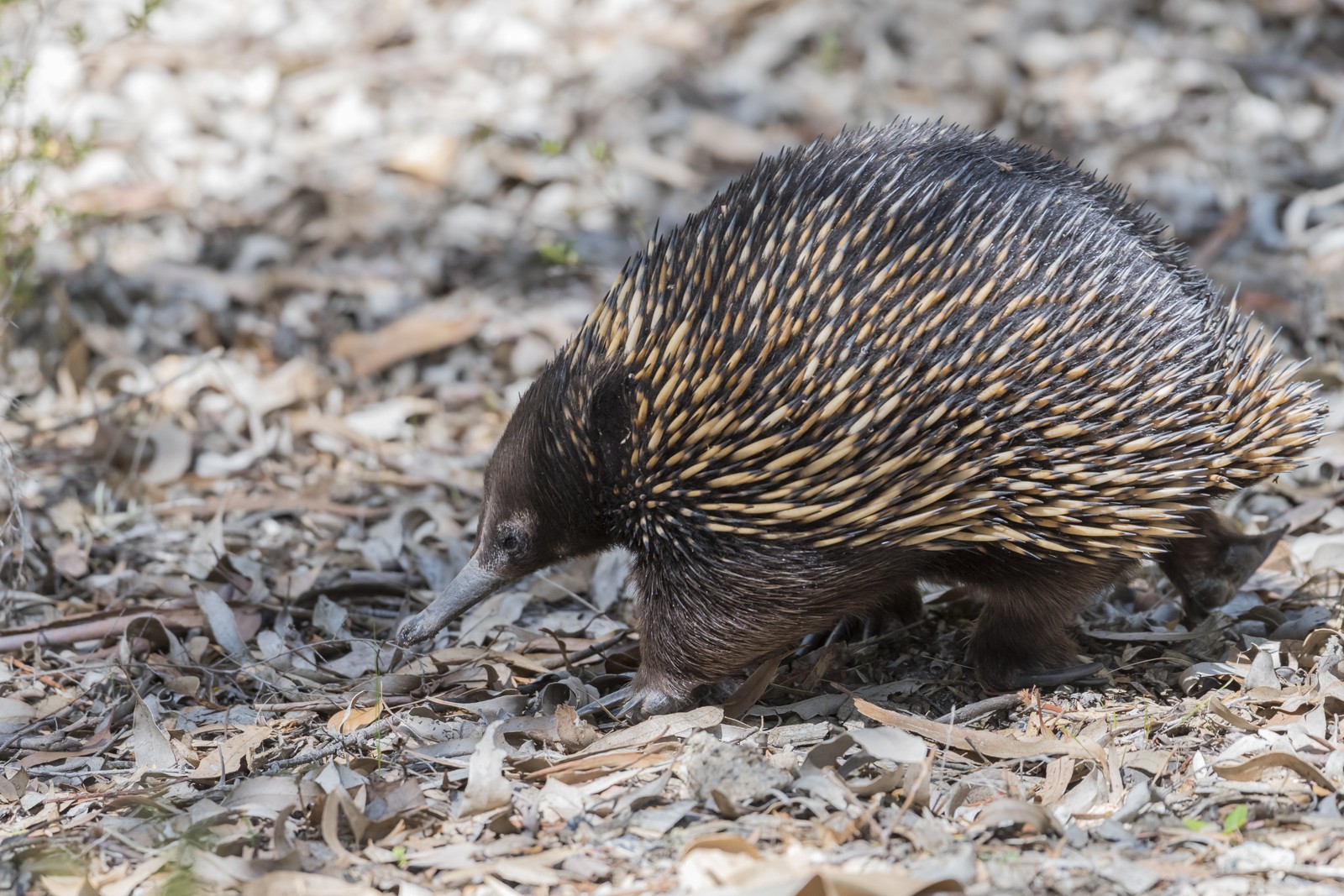
The Short-beaked Echidna demonstrates its specialized adaptations for ant-eating, with a long snout perfect for probing soil and strong claws for digging. Its spines, while similar in appearance to a porcupine’s, are actually modified hair that provides protection while allowing the animal to burrow effectively.
Key Differences: Porcupine vs Echidna
| Feature | Porcupine | Echidna |
|---|---|---|
| Classification | Rodent (Mammalia) | Monotreme (egg-laying mammal) |
| Size | 15-35 lbs (7-16 kg) | 4-10 lbs (2-4.5 kg) |
| Diet | Herbivorous (bark, leaves, stems) | Insectivorous (ants, termites) |
| Reproduction | Live birth | Lays eggs |
| Spine Type | Hollow, barbed quills that detach | Modified hair that stays attached |
| Distribution | Americas, Africa, Asia | Australia, New Guinea |
Defensive Strategies
While both animals rely on spines for protection, their defensive tactics differ significantly. Porcupines can actively deploy their quills, which detach easily and embed themselves in predators. These hollow spines feature microscopic barbs that make removal extremely difficult. In contrast, echidnas use their spines as a passive defense, rolling into a ball when threatened, presenting would-be predators with an impenetrable spiky sphere.
Feeding and Diet
The dietary adaptations of these species showcase their evolutionary divergence. Porcupines are strict herbivores, using their powerful incisors to strip bark from trees and consume vegetation. Their digestive system includes a specialized cecum for breaking down tough plant material. Echidnas, conversely, are specialized insectivores, using their long, sticky tongues to capture ants and termites. They can flick their tongues up to 100 times per minute when feeding.
Reproduction and Development
Perhaps the most striking difference between porcupines and echidnas lies in their reproductive strategies. Porcupines reproduce like typical mammals, giving birth to live young after a gestation period of about 210 days. Their babies, called “porcupettes,” are born with soft quills that harden within hours.
Echidnas, being monotremes, lay eggs despite being mammals. A female echidna typically lays one egg, which she transfers to a temporary pouch where it hatches after about 10 days. The baby echidna, called a puggle, continues to develop in the pouch, nursing from specialized mammary patches rather than defined nipples.
Habitat and Distribution
Porcupines have achieved a nearly global distribution, with species found across the Americas, Africa, and Asia. They adapt well to various environments, from tropical forests to desert margins. Echidnas, meanwhile, are found exclusively in Australia and New Guinea, where they occupy habitats ranging from arid regions to rainforests and even alpine areas.
Intelligence and Behavior
Recent studies have revealed fascinating behavioral differences between these spiny mammals. Porcupines show remarkable problem-solving abilities and can remember solutions to challenges for extended periods. They’re also excellent climbers, spending significant time in trees. Echidnas display their own form of intelligence, particularly in their ability to locate food sources and remember feeding locations across their large home ranges.
Conservation Status
Both animals face various conservation challenges, though their situations differ. Porcupines generally maintain stable populations across their range, though habitat fragmentation affects some species. Echidnas, while currently secure, face increasing pressure from habitat loss and introduced predators in their limited geographic range.
This comparison of porcupines and echidnas reveals how evolution can produce superficially similar solutions (spines) in animals that are otherwise fundamentally different. Their distinct approaches to survival, from feeding strategies to reproduction, showcase the incredible diversity of mammalian adaptation.
